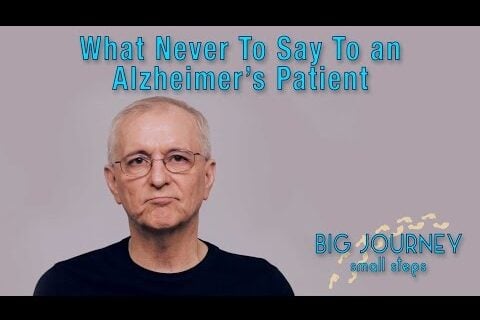Whatever reason fentanyl is used is for the mind. It is the mind that drives all its effects, intended or not. It is also the mind that closes out into overdose, as well as layout death. This, conceptually, takes away the assumptions of fentanyl for the brain, or that its molecules are directly connected to experiences, without a bridge.
Cells and molecules of the brain build, structure or construct the mind, which is what gives all experiences. Molecules in the brain can be induced or inhibited by chemical compounds, but their effects in experiences are laid out by the human mind.
It is often assumed that the power of fentanyl, aside its lethality, is its addictiveness, no. Its power is also that the way it precipitates the mind, remains unknown. The human mind has a structure. There are components of that structure and a way they function, different from the structure and the function of the brain, its residence. It is the swerves that molecules construct or deconstruct within the mind, which is not known that also makes submission to fentanyl seems absolute.
Usually, in situations, whatever is known is less threatening than what is unknown. There could be what should be a scary sound but does not prompt fear because it is known that the sound is from a certain source and does not indicate danger. If the scary sound was unknown and sudden, the reaction could be different.
Knowing the structure and function of the human mind, for how fentanyl acts upon it, could taper the submissive power that it holds, for any kind of usage.
The Mind
It is postulated that the mind has near-stationary planes [properties] and relaying dots [quantities]. The quantities relay to acquire properties to define experiences in any moment. All experiences are properties of the mind, including reward, pleasure, pain, calm, thirst, hunger, sleep, fatigue, fear, hurt, liveliness, lightness, love, hate and so forth.
Property planes can be thick, shaped differently, closer to certain locations or distant from others. There are light areas for properties and heavy areas, within the mind. What narcotics do is that they sometimes drive quantities to light areas [of properties], away from heavy areas where depression, heaviness, sadness, gloom, despair and the rest are. This effect makes narcotics like a summoning agent for lightness—even though it normally occurs naturally.
When the narcotic is stopped, withdrawal is [also] because the drive to lightness, prompted by it, is absent, so balance from that experience within the mind dissipates, allowing for randomness, for what was coordinated, leading to different side effects.
The addictiveness is also aligned with lightness, since craving, prompting or need is a property. The lightness makes quantities acquire cravings constantly. Transmitter depletion mostly, is because there are degrees to reward or pleasure which, with old sequences of travel by quantities to property locations, may plummet, but with a higher amount of molecules could grow.
Overdose is also a property in the mind, around the area of sleep, coma, fainting, passing out and so forth. Sometimes, it could be that by fentanyl there is a major acquisition of certain properties, lowering the average for others, like breathing, thereby slowing or stopping it. This means that to components of the mind, the drives of fentanyl are intense in a direction, affecting what should be normal for others, including for breathing. If these acquisitions linger, then adds the overdose property and activities that indicate action or regular property acquisition do not begin faster, death may follow.
Showing the conceptual nature of the mind to fentanyl users and all its processes could at least give some power in saying no, or understanding exactly its mind pathway, against helpless use.
—
iStock image
The post Brain Science: How Does Fentanyl Disassemble the Human Mind? appeared first on The Good Men Project.
Original Article










